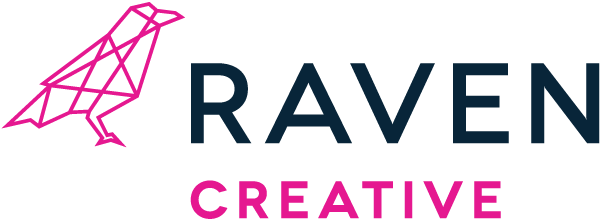In this, the glorious year of 2019, most businesses understand that having a website is a necessity for inclusion in the buyer consideration process. But the stakes of that website go up when we consider that 90% of people haven’t made up their mind about a brand before they begin the search process.
This is a perfect example of why we practice growth-driven design, which can be summarized in the following three steps:
- Strategy: Develop a deep understanding of the audience and how a website can be leveraged to solve problems along the buyer’s journey.
- Build a launch pad: Develop a fully-functioning website to build and optimize from.
- Continuous improvement: Institute purposely-planned development cycles to identify high-impact actions that optimize and expand the website.
As the “face” of your website, your homepage should remain a priority of continuous improvement to drive results, instead of an overhaul box you check every two to three years.
Here are five practical tips to keep your homepage fresh.
Revisit your hero image
In web design, a hero image is the large banner that gets top billing front and center on your website’s homepage. It serves as the main focal point, using the design elements of dominance, emphasis and hierarchy to command your attention. Much like white space doesn’t have to be white, a hero image doesn’t have to be a static graphic.
There is an increasing trend toward leveraging video in this space, and for good reason. According to WordStream, landing page video use increases conversions by 86%. Often, video is the most efficient way to quickly capture authenticity. It can humanize even the most industrial of brands. For example, say you are a proppant supplier to the exploration and production sector of the oil and gas industry. By using a combination of drone footage to illustrate the operation scope and detailed hands-on shots that demonstrate craft mastery in action, you can tell a powerful story.
Using filtered videos or images behind a text overlay allows you to communicate more information through visual language and message incorporation. But, keep it simple. If we try to say all the things, nothing will stick. And while video footage should be engaging, it should not cross the median to distraction.
When discerning what to do with this coveted space, consider what one action you most want someone to take when landing on your page. Whether words, images or video – your hero image selection is important. It should quickly pique interest enough to drive engagement with the element.
If you need some inspiration in this area, garner some objective feedback through a call to action test. Enlist several individuals outside your industry inner circle to take your homepage for a test drive. Ask what they think the main call to action is on the page. You’re far too close to be unbiased. Impartial feedback here is gold.
Infuse personality
Much like the Starbucks on every corner, there is no shortage of widget makers on the world wide web. In the sea of competent businesses in existence that can fill a function with a single tap, what makes you different?
Go back to your communications strategy. Consult your buyer personas. What does your ideal customer look like? Take a step back and imagine you are talking to that one person. If they truly are the best fit, not only is a little personality okay, it could mean the difference between the short list and the last proposal standing.
Champion the mobile user experience
It’s no secret that people use their phones a lot. In 2018, more than 52 percent of all website traffic worldwide originated through mobile phones. And there is certainly no indication of this trend losing steam any time soon. Already in 2015, millennials spent 57 percent of online minutes on mobile apps and eight percent on mobile web.
Unsurprisingly, 94% of people with smartphones search for local information on their phones. However, even when a desktop or personal computer is readily available, many users default to mobile. For example, as of 2013, 77% of mobile searches occurred at home or work.
If you’ve simply been accommodating but not actively facilitating an engaging mobile experience, the grace period is over and it’s mission critical to make mobile a top priority.
Consult your analytics
It can be overwhelming to know where to start and what to prioritize in a refresh scenario. On our team, strategy comes before action in even the smallest of tasks. Spend some quality time assessing the existing data of your site via Google Analytics. Discern patterns and trends in the ways that people are interacting with your site. Here are some guiding questions to get the ball rolling:
- What content is performing the best/worst?
- When people land on your page, what are they doing first? Is this action different on mobile vs. desktop?
- What are your top most visited pages?
- What path are users taking through your site?
- What keywords are people entering in your site’s search function?
- What is your bounce rate?
- How much time do people typically spend on your site?
- What keyword searches are people conducting that drive them there?
When these questions have answers, you can piece together a strategy founded on data from real behavior, stumbling blocks and conversions experienced as people journey through your site. For example, referral page data can be leveraged in the redesign to prioritize what people are trying to find most.
To get a more accurate read on your Google Analytics, filter out internal traffic – if your user is employed by your business, they do not represent the needs and desires of your ideal customer.
Communicate privacy/cookie policies
When you visit websites, web servers generate pieces of information known as cookies. They are commonly used to recognize your computer in the future. Several different applications use them in conjunction with websites, such as Google Analytics and LinkedIn, to analyze how users interact with different pages on a site.
You may have noticed more notifications on different websites you’ve visited over the past several months. That is a product of a European law that went into effect in 2018 called General Data Protection Regulation (GDPR). With it came the largest change in data privacy directives in decades.
While this law is not yet effective in the United States, we recommend a proactive approach in communicating data privacy and cookie policies. This could be as simple as displaying a pop-up upon a first site visit describing how information is stored and used to enhance a user’s experience.
Tip of the iceberg
There is a lot to consider, and frankly, the interwebs are crazy. If you don’t know where to start, consider a free website audit. You’ll walk away with a detailed report and clear action steps you can take to improve your site, no strings attached.





